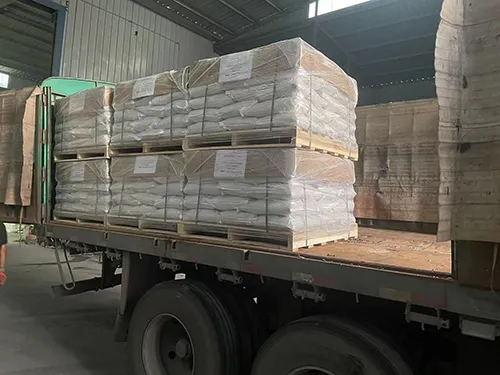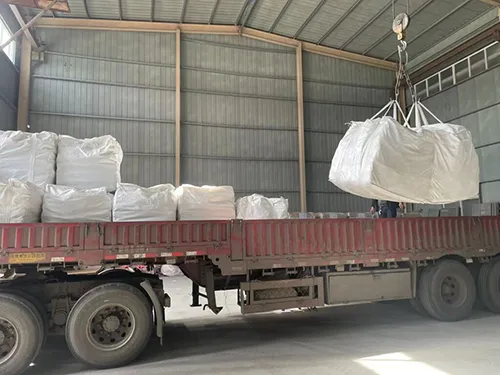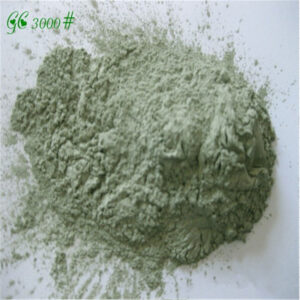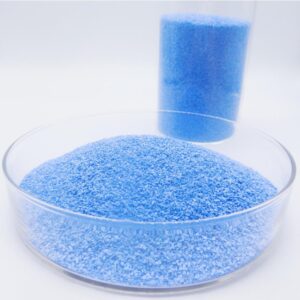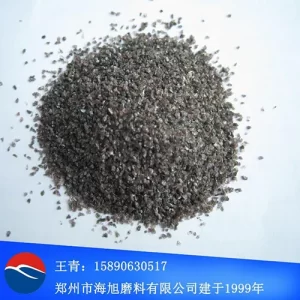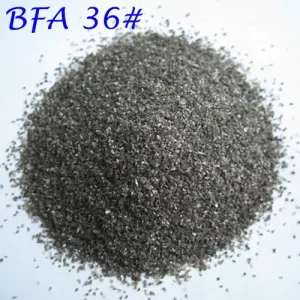Pickled Black Silicon Carbide Sand
The main purpose of pickling black sic grain is to remove impurities and improve particle uniformity.
Pickling is the treatment of Pickled Black Silicon Carbide Sand with an acid solution, the main purpose of which is to remove impurities in the particles. During the pickling process, the acid solution reacts with the impurities in the black silicon carbide, thereby separating them from the particles. This ensures the purity and quality of the final product.
Improved performance: High-purity silicon carbide is more stable in fields such as electronics, semiconductors or precision ceramics, and pickling can reduce the impact of impurities on the electrical and thermal properties of the material.
Surface cleaning: Pickling can remove the surface oxide layer or attachments, making the particle surface more uniform. In addition, pickling can also improve the uniformity of the particles.
By controlling the water pressure, the production of different types of black silicon carbide micropowders can be achieved, making the particles more uniform and without large particles. This treatment helps to improve the use effect of the product and extend its service life.
Production process:
Silicon carbide is made of quartz sand, petroleum coke (or coal coke), sawdust (salt is needed to produce green silicon carbide) and other raw materials through high-temperature smelting in a resistance furnace. It is black and opaque, hexagonal crystals, and has a Mohs hardness of 9.16-9.5. It is second only to diamond and boron carbide, and has brittle and sharp properties and a certain degree of conductivity.
Black silicon carbide contains about 98.5% SiC, and its toughness is higher than that of green silicon carbide. It is mostly used to process materials with low tensile strength, such as glass, ceramics, stone, refractory materials, cast iron and non-ferrous metals, optical glass, ceramics and other non-metallic materials. Green silicon carbide can also be used in advanced refractory materials and in the electronic semiconductor industry.
Production process of black silicon carbide:
1. High temperature smelting: Mix quartz sand, petroleum coke, silica and other raw materials in a certain proportion and add them to a resistance furnace for high temperature smelting. The finished product after smelting is black silicon carbide block.
2. Crushing: Due to the high hardness of black silicon carbide, it needs to be coarsely crushed by a jaw crusher.
3. Fine crushing: The coarsely crushed black silicon carbide is then finely crushed by a cone crusher to obtain silicon carbide of various specifications.
4. Screening: The finely crushed silicon carbide is screened for particle size to obtain black silicon carbide sand of different particle sizes.
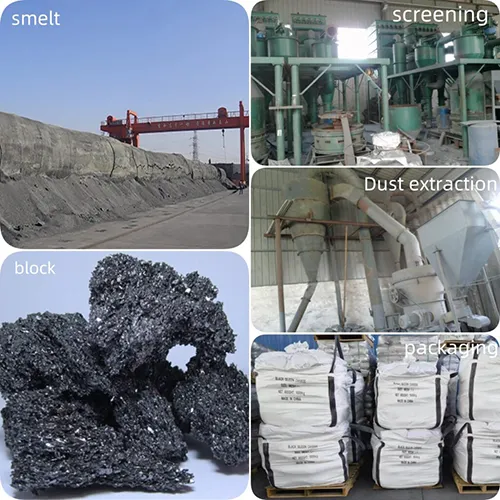
Conventional models of black silicon carbide:
Segment sand: 0-1mm, 1-3mm, 3-5mm, 5-8mm
Fine powder: 325#, 200#-0, 100#-0
Grain size sand: F16#, F20#, F24#, F30#, F36#, F40#, F46#, F54#, F60#, F70#, F80#, F90#, F100#, F1 20#, F150#, F180#, F220# mesh
Micro powder: 240#, 280#, 320#, 360#, 400#, 500#, 600#, 700#, 800#, 1000#, 1200#, 1500#, 2000#, 2500#, 3000#, 4000#, 6000#, 8000#, 10000#
Index for pickled black:
| 黑碳化硅化学指标Chemcial data | ||||||
| 型号size | SIC | F.C | Fe2O3 | H2O | ||
| 60# | ≥98.5% | ≤0.2% | ≤0.2% | ≤1% | ||
| 黑碳化硅物理指标Physical data | ||||||
| 堆积密度(Bulk density) | 比重density | 显微硬度 | 莫氏硬度(Mohs Hardness) | |||
| 1.4-1.7g/cm3 | 3.2-3.5 g/cm3 | 2840-3320kg/mm2 | 9.15 | |||
![]()
Package:
![]()

